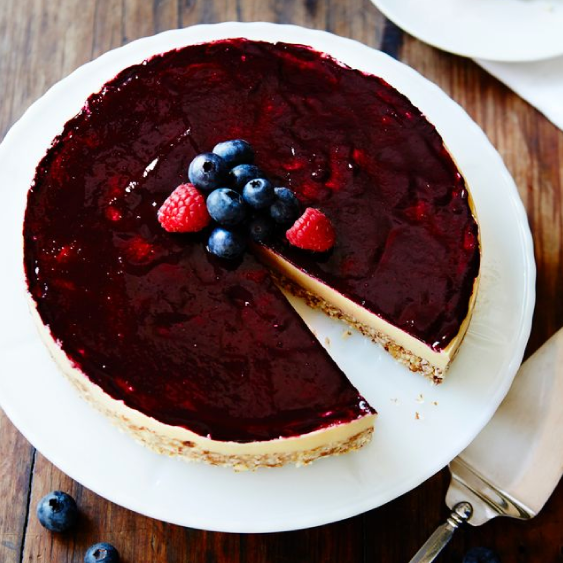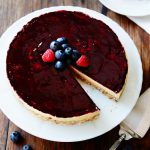Last updated on June 18th, 2019
Iron is a mineral vital to your inner health and outer beauty, particularly your energy and hair, yet iron deficiency is the most common dietary deficiency in the world.
It particularly affects children, menstruating women, and pregnant women. In the Western world, it is estimated that up to 25 per cent of children under the age of three have some degree of iron deficiency, a deeply concerning statistic.
According to the World Health Organisation (WHO), a staggering two billion people in the world, in both developing and industrialised countries are iron-deficient. Research suggests between 20 and 30 per cent of women of child-bearing age in Australia and New Zealand are iron-deficient.
When fully mature, they will become the oxygen carriers of the body, distributing oxygen from the lungs to all the other cells throughout the body. They have a big and important job to do.
Iron deficiency is the first step towards a decrease in the amount of oxygen-carrying, iron-rich haemoglobin within each red blood cell. If red blood cells are deprived of the quota of iron, they become contracted and smaller, known in medical terms as becoming microcytic. Anaemia develops when the immature red blood cells, deprived of their quota of iron, fail to survive their infancy. A formal diagnosis of anaemia is made when there is a consequent and significant decrease in the number of mature red blood cells.
THE CAUSES
Iron-deficiency anaemia can be caused by a number of factors including inadequate dietary intake of iron, poor absorption of iron or loss of iron due to bleeding.
Heavy menstrual blood loss is a common cause, as are increased demands for iron during pregnancy. In pregnant women, iron stores have to serve the increased blood volume of the mother, as well as the needs of the growing baby.
The condition can also be caused by blood loss from the digestive tract due to the long-term use of aspirin, or due to gastric ulcers, duodenal ulcers, bowel cancer or untreated coeliac disease.
SILENT COELIAC
I see more ‘silent’ coeliac disease these days, where people are not presenting with the typical bowel symptoms. Sometimes iron deficiency, and often vitamin B12 deficiency, are the only signs of what is later diagnosed on biopsy as coeliac disease.
Once gluten is removed from the diet, iron levels return to normal. Fibre also interferes with the absorption of dietary iron, so the fibre content of the diet must also be taken into account when determining the basis of the iron deficiency.
Iron is absolutely critical for great energy, sparkling eyes and a vitality that lasts all day.
THE SYMPTOMS
The main symptoms of iron deficiency include exhaustion, shortness of breath, especially on an incline, muscle aches and cramps, rapid pulse and heart palpitations, increased anxiety, brain fog, poor memory and concentration, headaches, depressed mood, hair loss and an increased frequency of infections.
A simple blood test from your doctor will establish whether you are iron-deficient or not. Testing is important because some people have a tendency to store too much iron in the body and this needs to be avoided, or treated if it already exists.
IRON IN FOOD
Food sources of iron include beef, lamb, eggs, mussels, sardines, lentils, and green leafy vegetables. Variety is key, as there is a small amount of iron in many foods.
If you do not eat animal foods, do not assume you are iron-deficient. For some vegetarians, their body utilises the iron from vegetables sources very efficiently.
Vegetable sources of iron are better absorbed in the presence of vitamin C. It is best to have a test before you supplement.









